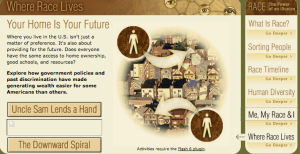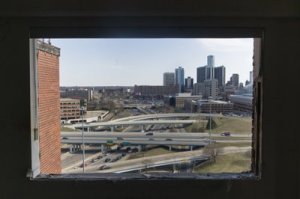In response to the email I sent out yesterday with a link to an interesting analysis of the geopolitics of the flu , Bradie Williams from our class responded with this:
Something else that one could find interesting in this whole ‘swine’ flu hysteria is the impact on global economics. With reports being released about the pandemic potential of the flu, it seems that many governments defense mechanisms may be stretched too far. For example, the Chinese government has recently banned all pork imports from the United States, a severe overreaction considering the illness is not food-borne at all. This action taken by China could lose farmers in the US upwards of a billion dollars. In terms of space and globalization, it’s amazing how a disease that will most likely never affect the farming communities here in the US may lead to their demise.
Bradie recommends this link to more debates and discussions on the political economy of the flu





